Nessebar is a town on the Bulgarian Black Sea Coast, located in the Burgas Region. The city has two parts, namely, the ancient town and the new town, separated by a narrow man-made strip of land. The old town is situated on the peninsula (previously an island) and the modern section is on the mainland. This Museum-City has a rich history of three millennia. It was declared an architectural and archaeological reserve in 1956. Because of its unique historic value, UNESCO included the ancient town in the list of World Heritage Sites in 1983.
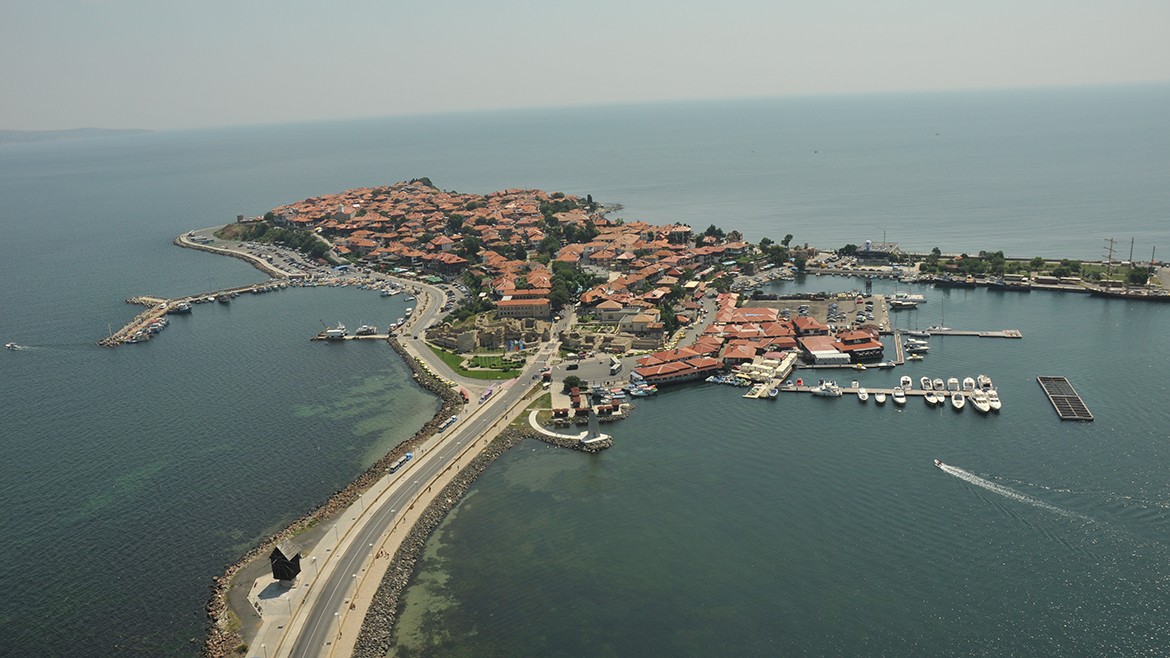
The old town of Nessebar
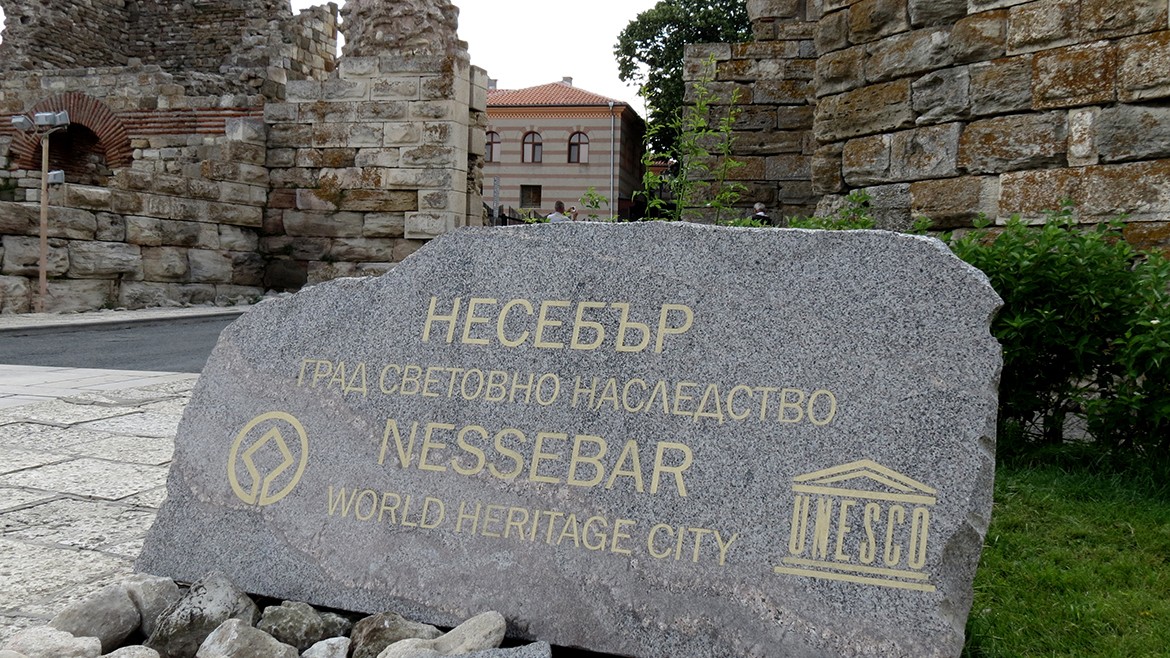
The ancient town of Nessebar in the list of World Heritage Sites (UNESCO,1983)
Origins and City
Nessebar, founded more than 3200 years ago, is one of the most ancient towns in Europe; it is situated on a rocky peninsula, 850 metres long and 300 metres wide, connected to the mainland by a narrow strip of land.
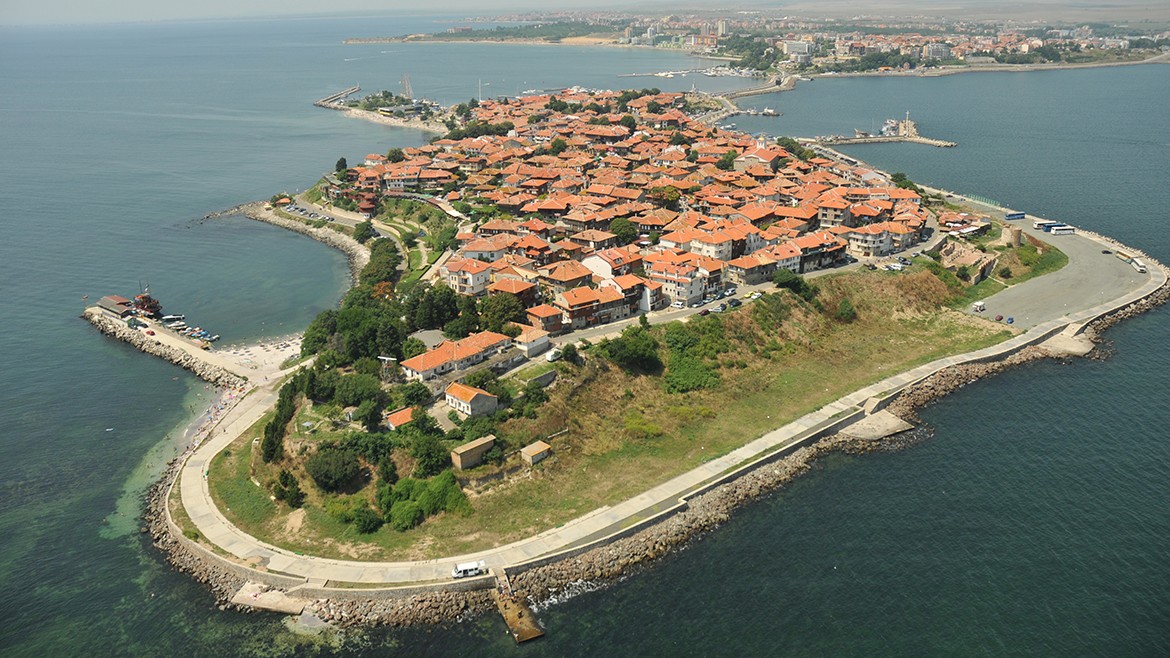
Nessebar
Ancient Messambria, known in the Early Middle Ages as Messemvria – present-day Nessebar- was settlement established at the end of the Bronze Age by Thracians. At the end of the 6th century B.C. the first Greek colonisers of Dorian origin arrived in the area. The town soon grew and turned into a typical Greek polis.
In the beginning of the 1st century BC the town was permanently included in the borders of the Roman Empire. When Constantinople became the new imperial capital and Christianity adopted as the official religion, new Christian basilica churches were built in Messemvria, by leading architects and master masons of the Empire, comparable to those in the capital. During its existence Nessebar is believed to have had 40 churches and it is known as "the Bulgarian Ravena".
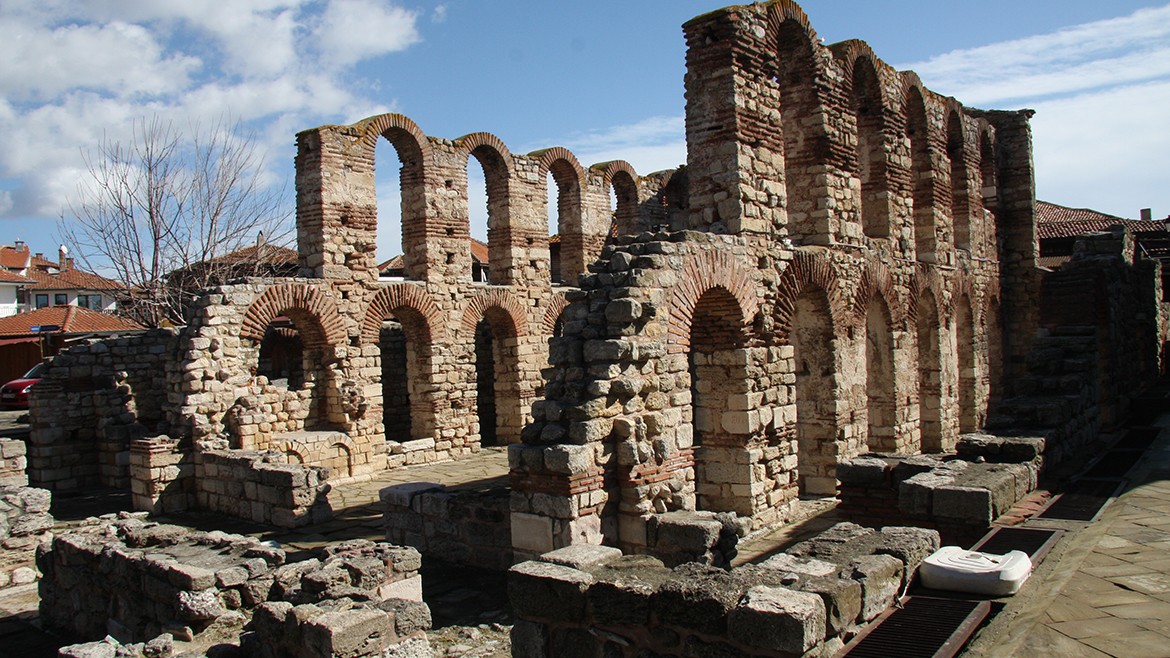
Church of Saint Sofia, Nessebar
Medieval Era
The town became part of the first Bulgarian Empire in 812, when Khan Kroum stormed and conquered it, and Slavs and Bulgarians settled there. At that time, the name of the city was changed to Nessebar, which is what Slavs called it. The reign of Tsar Simeon the Great was the city’s most thriving era. It followed the second Bulgrarian Empire that reached its height during the reign of Tsar Ivan Asen II.
Modern Period
In the 14th the Ottomans took over the city. The Ottoman rule lasted five centuries, till 1878, when the liberation of Bulgaria took place. After the decline of the Ottoman Empire and the Bulgarian revival, Nessebar became part of the principality of Bulgaria in 1885. Today, Nessebar is a town with a rich history and a cultural treasure for Bulgaria. In 1956 it was declared “a museum-city, an archaeological and architectural reserve”.
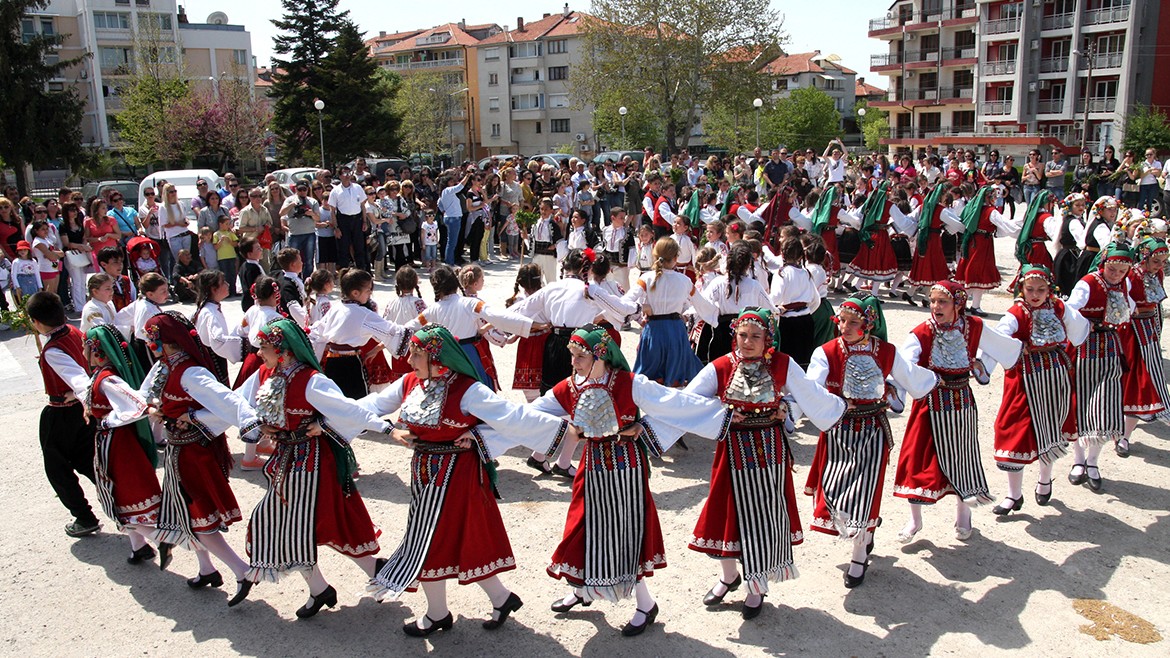
Nessebar & tradition
Nessebar is an ancient city of high cultural significance. It has been characterised as a museum-city and a place of natural interest. For its unique natural beauty and its many well-preserved monuments from different eras, during the VII session of the World Heritage Committee in Florence (Italy) in 1993, Ancient Nessebar was included by UNESCO in the World Heritage List.
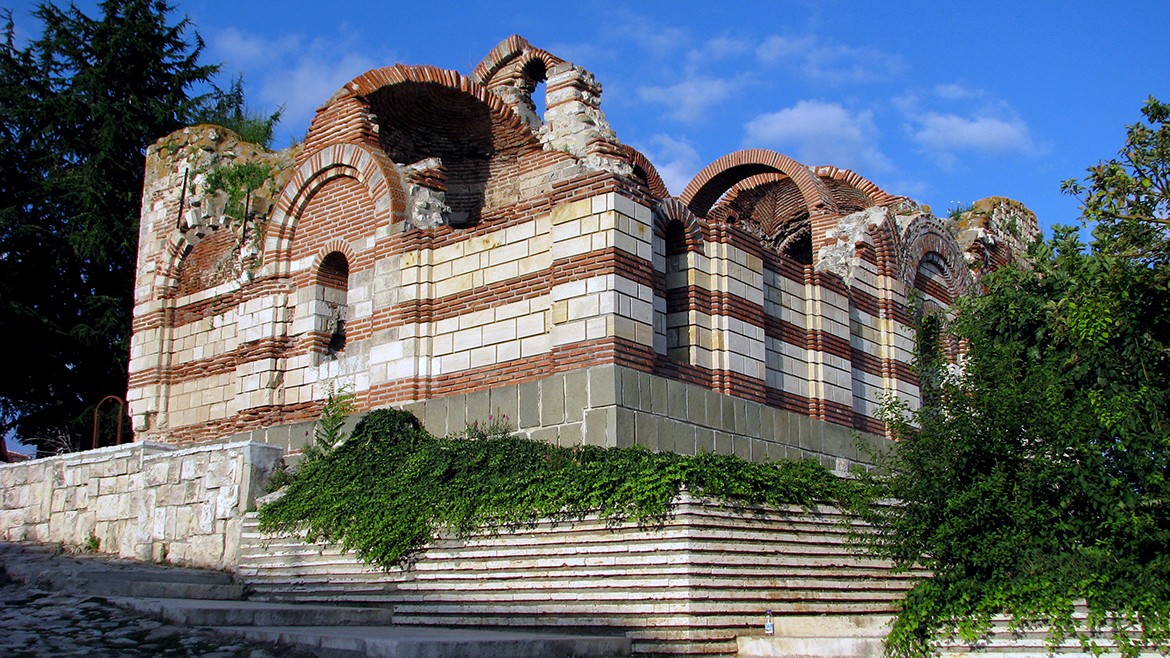
Church of St John Aliturgetos, Nessebar
There are preserved remains of bygone eras, e.g. Roman and Medieval walls, Byzantine and Bulgarian churches and residences from the 18th and 19th centuries. There are numerous churches in Nessebar. The most famous one is the Church of St. Sofia, known as the Old Metropolitan Church. Another well-known church is the Church of Virgin Eleousa, situated on the northern shore. They are three-isled basilicas dating back to the early Byzantine period from the 5th and 6th centuries. The 11th century Church of St. John the Baptist stands out by its cylindrical dome; St. Stephen’s church from the 16th century is remarkable for its frescoes.
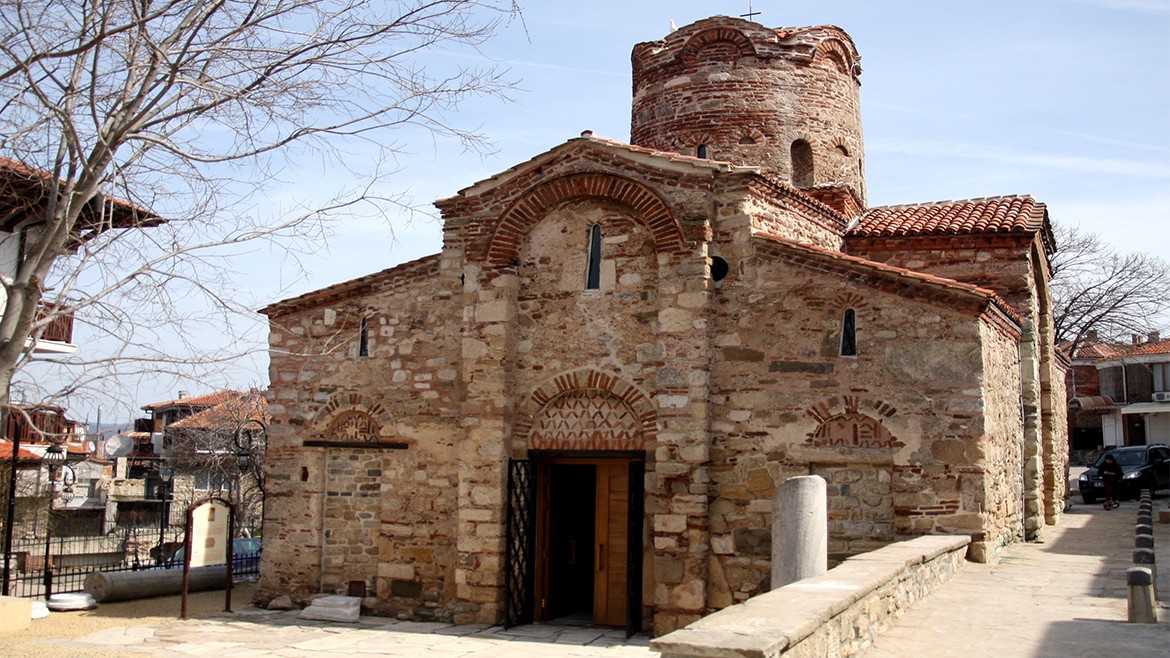
Church of St. John the Baptist, Nessebar
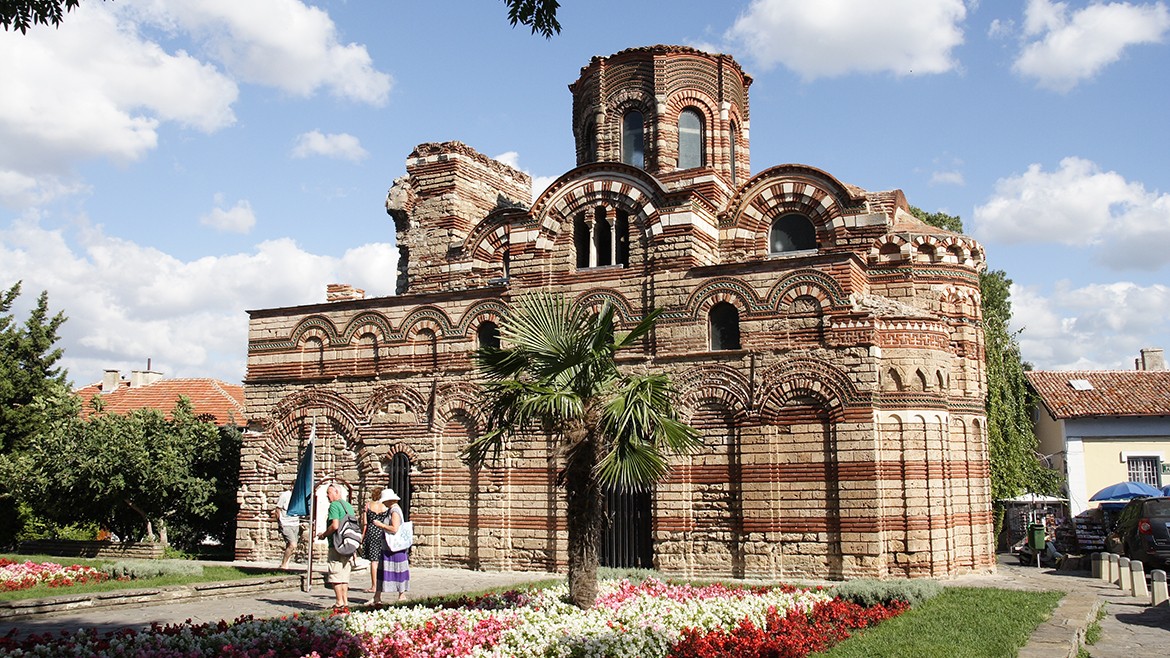
Church of Christ Pantocrator, Nessebar
Today the old part of Nessebar is an attractive site for romantic walks through the narrow cobbled streets, among the small shops selling handmade souvenirs, knitted and crocheted items, and jewellery. The town with its splendid antique atmosphere is ideal for recreation and leisure. There are many comfortable guest houses and private rooms to rent. Nessebar is considered to be a cultural treasure of Bulgaria with memories dating back thousands of years.
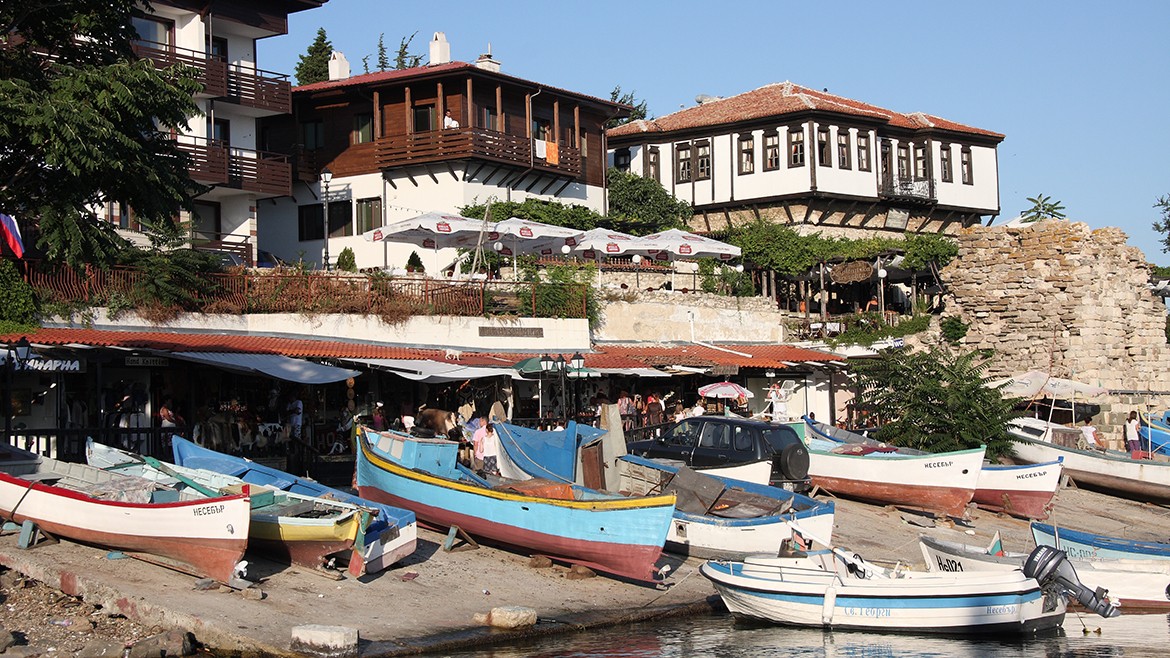
Traditional architecture in Nessebar
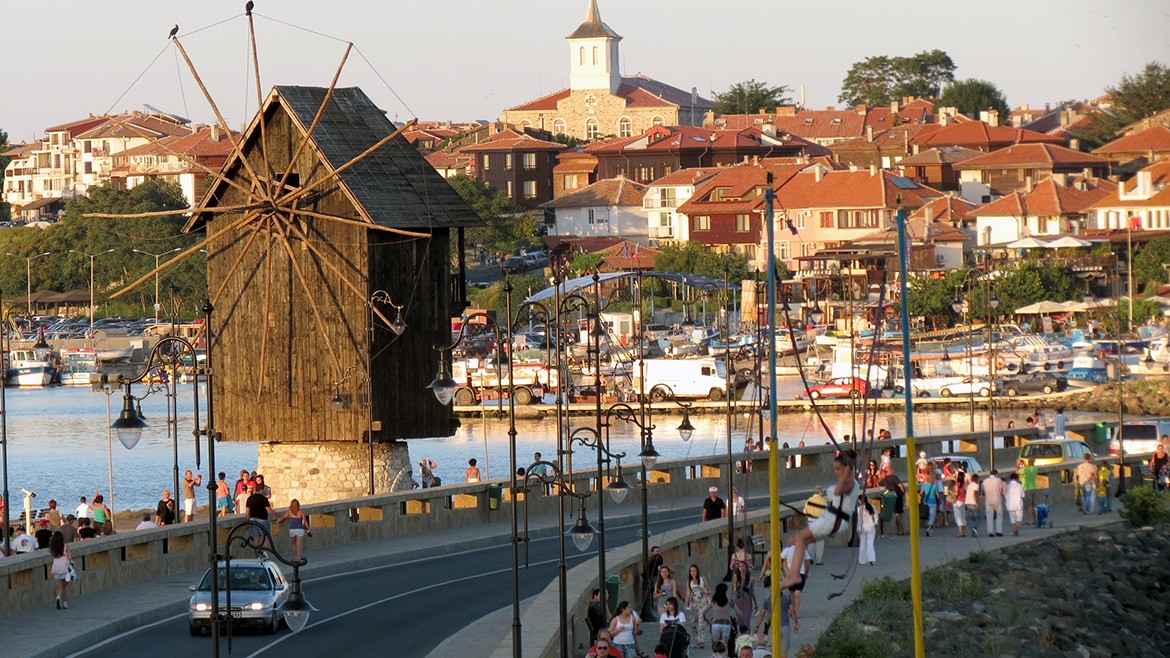
The tourist destination Nessebar
In addition to its well-preserved historical monuments, the territory of Nessebar is also attractive for its protected areas and rich biodiversity. The Protected Areas Act and Biological Diversity Act aim to protect the natural environment and its biological diversity as national and universal human wealth in the Republic of Bulgaria; therefore, these laws define the type of protected areas and territories and the human activities permitted in them.

Church of St John Aliturgetos, Nessebar
Protected Areas
In the territory of Nessebar Municipality, there are the following protected areas in the sense of the Protected Areas Act (PAA); they are characterised as of protected site (PS) status and as natural monuments (NM):
- Sand Dunes natural monument – 5 dunes located within the limits the town of Nessebar, over a total surface area of 10 ha. The area is declared a monument for the purpose of protecting its remarkable geological sites.
- Kalinata protected area is situated within the limits of Kosharitsa village and Tankovo village of Nesebar Municipality, over a total area of 109.2 hа. The area is protected for the purpose of conserving the natural habitat of the Snowflake Marsh (Leucojum) and the unique arboreal community of the dense Kalinata forest.
- Cape Emine natural monument extends over a total surface area of 0.5 ha.; it has been located within the limits of Emona village of Nesebar Municipality. The area is declared a natural monument for the purpose of protecting its remarkable geological and botanical sites.
- Irakli protected area extends over a total surface area of 42.3 hа.; it it is located within the limits of Emona village of Nesebar Municipality. The area is protected for the purpose of conserving the typical coastal habitats of rare and endangered plant and bird species.
- Ortoto protected area is situated within the limits of the town of Sveti Vlas, Nessebar Municipality, and extends over a total surface area of 587.6 ha. The area is protected for the purpose of conserving its characteristic landscape, the natural mixed centuries-old deciduous forests with a rich species diversity and the habitats of rare plant species and communities.
- Koketrais protected area extends over a total surface area of 760 ha.; it is located within the limits of the city of Nessebar. It is protected for the purpose of preserving the Koketrays sand bank and the benthos fauna in the Black Sea.
Protected Zones
The following Protected zones from the Ecological Network Natura 2000 are located in the territory of Nessebar Municipality, in accordance with the Biological Diversity Act.
- Protected zone of Emine, under the Directive on the conservation of wild birds extends over a total surface area of 668 ha. There are 118 avian species, in total, within the protected zone, some of which are: the Pink Pelican (Pelecanus onocrotalus), the Black Stork (Ciconia nigra), the Osprey (Pandion haliaetus), the Glossy ibis (Plegadis falcinellus), etc. Practically, the Protected Zone of Emine covers all populated areas and settlements in Nessebar Municipality.
- Protected zone of Kamchiiska planina, under the Directive on the Conservation of Wild Birds extends over a total surface area of 889 ha. The territory of the protected zone also includes some sea territories of a total area of 27 ha. There are 85 avian species, in total, within the protected zone, some of which are: the Dalmatian pelican (Pelecanus crispus), the Griffon Vulture (Gyps fulvus), the Common crane (Grus grus), the Eurasian eagle-owl (Bubo bubo), etc.
- Protected zone of Aheloy-Ravda-Nesebar, under the Directive for the Conservation of Natural Habitats and of Wild Flora and Fauna; it extends over a total area of 39 ha. The species within the protected zone are:
- Protected zone of Emine-Irakli, under the Directive for the Conservation of Natural Habitats and of Wild Flora and Fauna; it extends over an area of 16,795 ha., and includes water territories of 7,678 ha. The goals set out for the Protected Zone of Emine-Irakli are the following: (i) Preservation of the area of the natural habitats and the habitats of the species and their populations within the territory of the protected zone; (ii) If necessary, restoration of the area and the natural condition of natural habitats and habitats of species, including the population of the species within the territory of the protected zone. The species within the protected zone are:
- Protected zone of Kamchiiska i Emenska planina under the Directive for the Conservation of Natural Habitats and of Wild Flora and Fauna; it extends over an area of 63,679 ha. The species within the protected zone are:
The protection and conservation of the biodiversity in the area is a precondition for the stability of the ecosystems, which provides a favourable environmental protection status and viability of the populations of the various species protected. Its rich past and well-preserved historical monuments, its wide beaches and natural sand dunes, a unique natural phenomenon, make the Municipality of Nessebar an attractive cultural and tourist destination.
Nessebar, due to its unique history and high cultural importance, was included in the World Heritage List of UNESCO in 1983. By participating in the MoNa Project within the framework of the Interreg Balkan Mediterranean Programme 2014-2020 the World Cultural Heritage City of Nessebar will organise activities related to the main subject of MoNa:
The aim of the reconstruction of the “Ribarska” Str and “Mena” Str network in the Old Town of Nessebar is to resurface existing streets and pavements using suitable materials, inspired by the elements used in the construction of the “Spiritual Path” cultural - tourist route. At present, the streets are covered with a bituminous layer that rests on concrete slabs of different shapes and sizes. The intervention proposed envisages the replacement of these elements with granite curbs and grey stone in irregular shapes. Resurfacing the main pedestrian routes of the Renaissance period in the Old Town of Nessebar will contribute towards shaping a single architectural style of the old city centre. All materials to be used are dimensioned for heavy loads. The newly constructed street and pavement surfaces will be disable-friendly, facilitating access to cultural - historical sights in the Old Town of Nessebar.